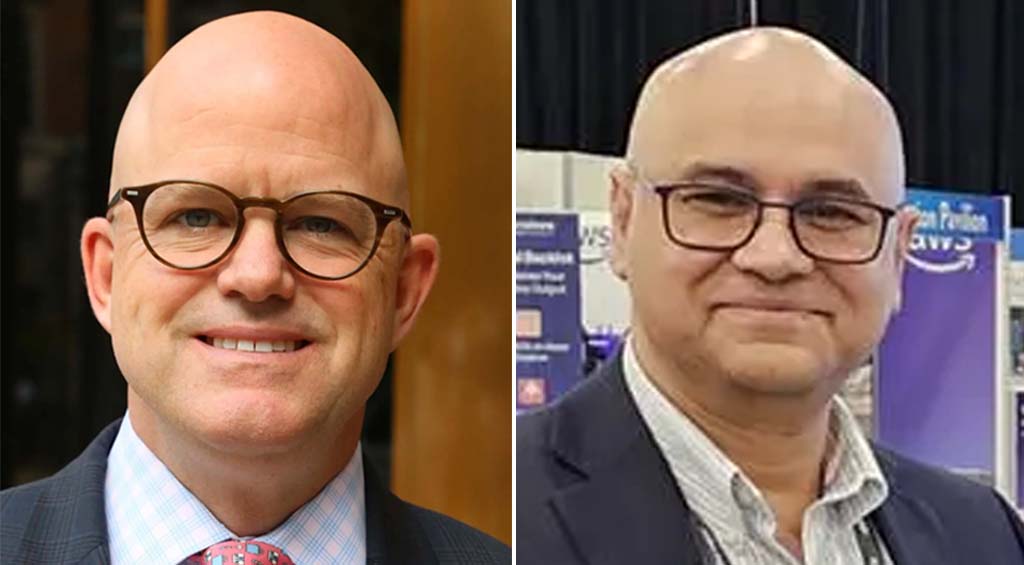Centris and MSTV Spar Over DTV Coverage
Centris, a market research and information company issued a report Feb. 12 flagging “serious ‘gaps’ in the digital TV signal coverage across the country.”
Centris estimates that there are 40 million U.S. households watching off-air broadcasts on some 117 million television sets and says that with the switch to digital, signal shortfall will become a major problem.
“We predict that digital TV signal coverage will be more limited than currently anticipated,” said David Klein, executive vice president of Centris. “An issue that, until now, has been completely overlooked by the FCC and governing bodies, and could have serious—and costly—implications for millions of consumers.”
According to Centris, several large television markets were studied and station coverage was modeled to determine how many stations could be received within zip codes “within five mile intervals of the TV towers in a 60-75 mile radius corresponding to the FCC-identified service contours.”
Centris found there was “little continuous coverage beyond 35 miles.”
Centris explained that the model used for their study took into account outdoor antenna gain and the effect of multipath interference. The organization said that in the real world, lack of antenna height, vegetation and lack of an outdoor antenna invalidated projections. According to Centris surveys, 25 percent or less of U.S. homes have outdoor television antennas.
“These are very real factors, that have until now not been accounted for,” said Barry Goodstadt, Centris senior vice president. “The effect will have extensive ramifications, not only among consumers, but also electronics retailers and manufacturers who can expect an influx of costly returns when it is realized that the converter boxes and new digital TVs don’t work. In addition, with so many sets potentially at risk of going dark, network, local and public television, advertisers and agencies will likely be adversely affected.”
The Association for Maximum Service Television (MSTV) was quick to counter the Centris claim.
MSTV president David Donovan said that the Centris study was misleading and didn’t provide a “realistic assessment” of DTV signal coverage.
“Centris did not conduct any signal strength measurements, relying instead on a ‘paper analysis’ using CEA’s antenna web for its analysis of DTV coverage in St. Louis, Las Vegas and Philadelphia,” Donovan said.
Donovan said that Centris had “mischaracterized” information from the CEA DTV signal projection Web site by choosing only small and medium receiving antennas—the kind that CEA recommended for locations within 20 to 30 miles from transmitters. He also said that the Centris report provided no comparative analysis to existing analog reception capability, arguing that DTV viewers would most likely needing the same type of antenna that they use to get analog reception.
“It is simply wrong to suggest that DTV service will not be available in areas outside of 30 miles from a DTV broadcast tower,” Donovan said. “Consumers today are receiving perfect pictures way beyond 30 miles and are using the same types of antennas they have always relied on to receive television services. The good news for consumers, is that these types of antennas are already in place.”
Read Doug Lung’s take on the Centris study in RF Reporthere.
The professional video industry's #1 source for news, trends and product and tech information. Sign up below.
